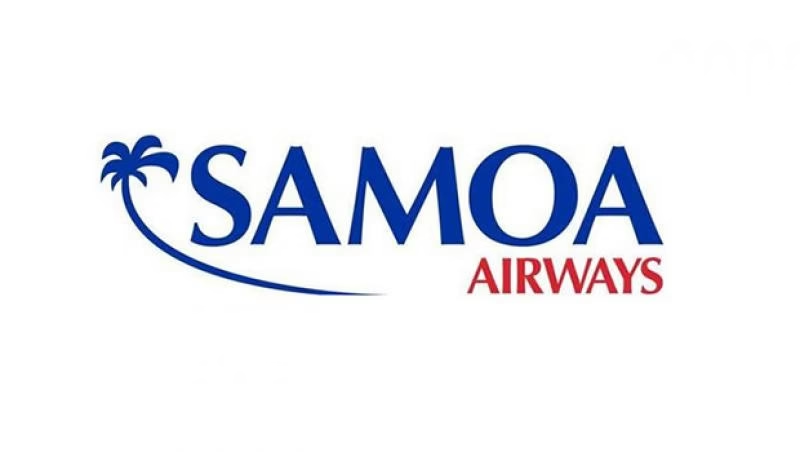Flight with a 2 -year -old child is taking a chance for an injury. But parents often take a chance to save money.
Not long ago in a flight, a family was not sitting away from me. The mother was sitting next to her son, who was about four or five years old, and the father traveled to her baby daughter as a child. Lap-child is not safe. However, it is allowed because long distance riding in the child’s cars is more dangerous than flying statistically.
When I see an infant flying on their parents’ lap, I am nervous. I have been on some flights in those years when almost any baby will be flying to launch in the cabin in the lap of his parents due to sudden disturbance. On our flight, the father was lucky. We hit light disturbance for a short time, and he could catch his daughter. When we reached the calm air, you could see sweat dripping from her eyebrows due to an attempt to keep your daughter safe.
Your child must be under two years of age to qualify as a lap baby. The day a child turns 2 years old, he disappears free tickets. If your child is near his second birthday then you can save money. You can save money by taking your leave a month or two. However, it will not travel to any safe journey with your lap baby.
Sometimes force is more than any parents.
Other children are not so lucky. For example, in a well -written accident of 1994, a girl flying on her mother’s lap was killed in the American Airways flight 1016. His mother survived. The DC-9-31 was landing in a severe storm when a microbirested hit by a storm hit it. Out of 52 passengers, Saintis died. The National Transport Safety Board (NTSB) interviewed the child’s mother. NTSB spokesperson said about the death of the child, “The mother said that she cannot catch her child.”
According to FAA (Federal Aviation Administration), infants (children under two years of age) do not need to be properly restrained while flying,
“… The safest place for your child on an airplane is in a child safety restraint system (CRS) or device approved by a government, not in your lap. Your arms are not able to keep your child safely, especially during unrest.”
Studies show that lap children die more often than other children that fly.
A study was published in the Pediatric Critical Care Medicine Journal. Researchers at the University Hospital’s Rainbow Babies and Children Hospital (Uh Indradhanush) found that adopted babies on commercial airline flights may be at greater risk for death. The study analyzed 7,573 reported pediatric emergency conditions. All these include children under 18 years of age on commercial flights, and the study found that 90 percent of deaths occurred in children under 2 years of age.
Commenting on child-protection studies, Alexandra Rotta, MD, FCCM, Chief, UH Rainbow said Pediatrical Care Medical Department, Principal investigator, said, said, said, said, said, said, said, said, said,
“The pattern we have identified in our analysis is complicated and may indicate that lap babies are at greater risk of death related to in-flight environmental factors such as sleep arrangements.”
We know that the guidelines of the American Academy of Pediatrics recommend keeping infants to sleep in their cribs/beds instead of sleeping in their parents’ beds, as the risk of knee is 40 times more than children who sleep in their cradle.
It seems clear that parents who fly with their baby as a lap baby play gambling with their child’s life.
Other factors related to child safety on aircraft and what can happen within the cabin of the airplane during disturbance and food service.
During the unrest, stoves stoves in the overhead compartment can move around and later fall out when a passenger opens the overhead bin door. If unrest is severe, overhead bin doors can be disorganized, and heavy carry-on bags and other items may fall or fly out of the compartment.
In the oil seats, children who are not paying attention to their surroundings can crush fingers by airplane food vehicles that can barely fit airplane corridors. And any hot drinks in the corridor seat are susceptible to spread.
Children are safe in middle seats – or window seats while flying.
Parents of infants with respiratory problems need to consult their baby doctor before flying. A aircraft that fly around 40,000 feet (12,200 m) or near it is usually pressurized at equal to 6,000-8,000 feet (1,830–2,440 m), which is about 19-24 percent less oxygen in airplane’s airplane compared to C-level invalid experiences. This difference can be a serious problem for a child with difficulty in breathing. Talk to your doctor.
The best advice is to use a car seat on a plane.
If there is no flight, ask the gate agent to provide you an empty seat next to you. They will usually do this if possible. If you travel with a car seat for your baby, you can check if you do not get an empty seat next to you. Even though it allows to fly with a lap child, FAA urges passengers to urge the children to keep the government approved by the government. Additional information is available FAA Guidance ,PDF, And National Highway Traffic Safety Administration on the website. Not all car seats are approved for use in airplanes.
Also read:
Wanted: A dot working in public interest
Why can foreign transaction fees apply here in USA?
Charlie Leoha is the chairman of Travelers United. He has been working in Washington, DC, with the stakeholders of the industry on Congress, Transport Department and travel issues over the last 14 years. He was the first consumer representative of the Advisory Committee for Aviation Conservative Safety appointed by the Transport Secretary from 2012 to 2018.



